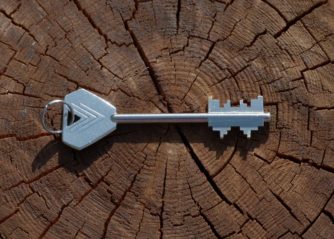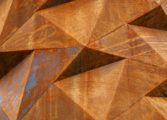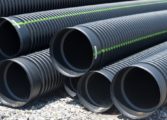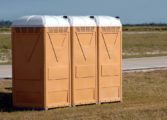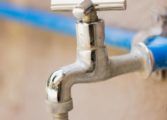Badminton ball – The Essential Equipment for the Sport

Badminton is a popular sport played worldwide, known for its fast-paced rallies and precise shots. At the heart of this game lies the badminton ball, a small but essential piece of equipment that determines the trajectory, speed, and overall performance of the game. In this article, we will explore the different types of badminton balls, their characteristics, and the advantages and disadvantages they offer.
An In-depth Overview of Badminton Ball
To understand the significance of a badminton ball, it is crucial to delve into its key aspects. A badminton ball, also known as a shuttlecock, is made up of two main components: the cork base and a series of feathers or synthetic materials attached to it. The feathers, typically goose or duck feathers, provide stability and flight trajectory to the shuttlecock. However, modern variations also include synthetic materials for durability and cost-effectiveness.
Comprehensive Presentation of Badminton Ball Types
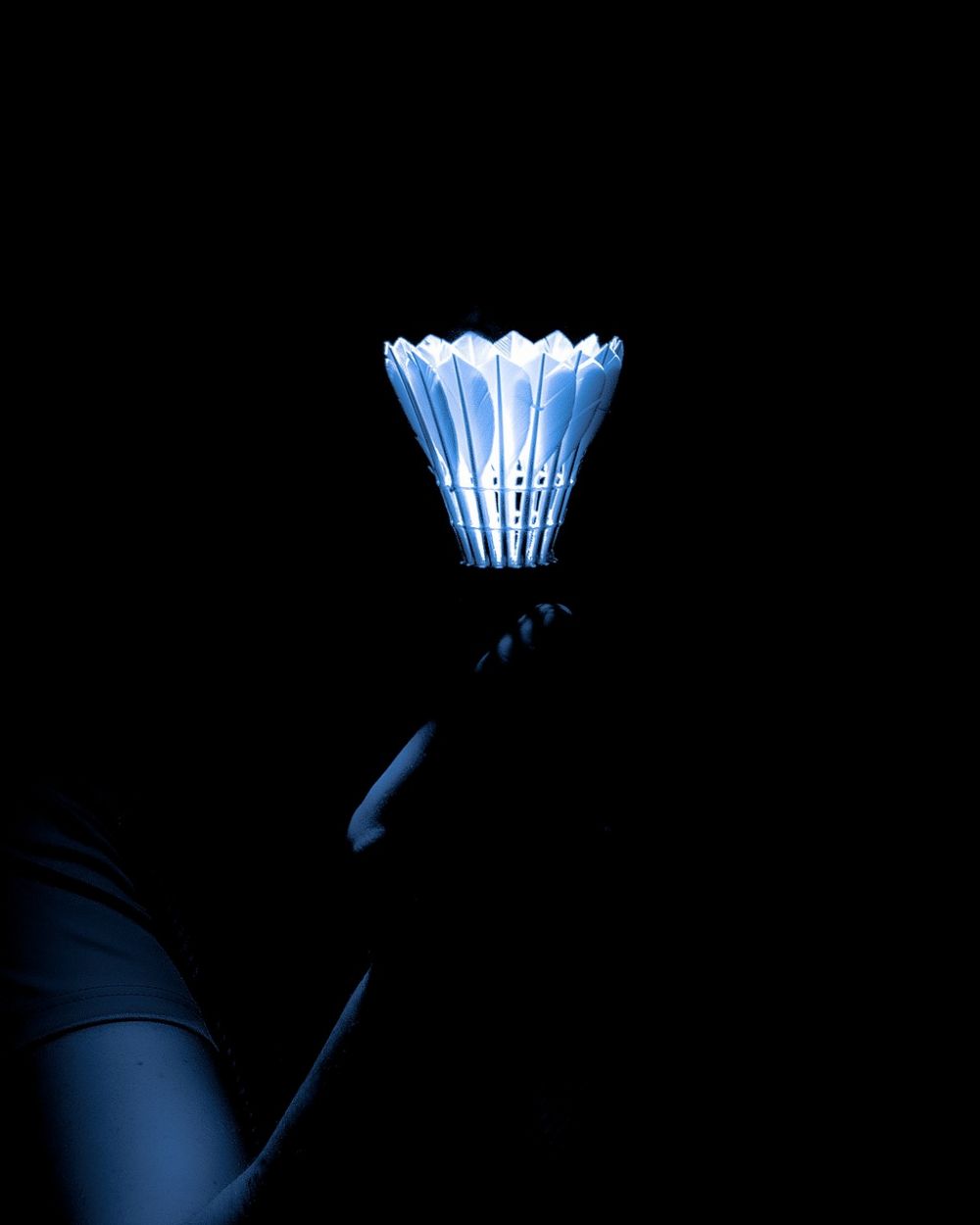
Badminton balls are classified into two main categories: feather shuttlecocks and plastic shuttlecocks.
1. Feather Shuttlecocks: These shuttlecocks are predominantly used in professional and high-level competitions due to their superior flight characteristics. They offer a natural drop and a predictable path, making them the preferred choice for skilled players. However, feather shuttlecocks are more delicate and require delicate handling due to their fragile nature.
2. Plastic Shuttlecocks: As an alternative to feather shuttlecocks, plastic shuttlecocks have gained popularity in recent years. They are more durable, cost-effective, and suitable for casual or recreational play. Plastic shuttlecocks can withstand rough handling and adverse weather conditions, making them a practical option for outdoor play.
Quantitative Measurements of Badminton Ball
Precise measurement of the badminton ball’s flight characteristics is crucial for evaluating its quality and performance. Several aspects are considered during quantitative analysis:
1. Shuttlecock Speed: Speed is measured by the distance a shuttlecock travels in a given time frame. International competitions classify shuttlecock speeds into three categories: slow (75-79 km/h), medium (80-84 km/h), and fast (85-89 km/h).
2. Shuttlecock Flight: The flight trajectory of a shuttlecock affects game dynamics. It is evaluated based on its stability, drop height, and deviation from a straight path.
3. Shuttlecock Durability: Durability is assessed by evaluating the resistance of the shuttlecock to breakage, feather loss, or deformation during play.
Differentiating Factors Among Badminton Balls
Various factors set different badminton balls apart, influencing their performance and suitability for different playing environments. These differentiating factors include:
1. Material: Feather shuttlecocks offer superior flight performance due to the natural feathers’ unique properties. Plastic shuttlecocks, on the other hand, offer durability and stability in adverse conditions.
2. Weight: Badminton balls come in different weights, influencing their speed and control during play. Lighter shuttlecocks allow for faster shots, while heavier ones offer better control and stability.
3. Feather Quality: The selection of feathers and their quality significantly impact shuttlecock flight characteristics. High-quality feathers allow for more accurate flight and consistent performance.
Historical Overview of the Pros and Cons of Different Badminton Balls
Since its inception, badminton has witnessed the evolution of shuttlecocks. In the early years, shuttlecocks were made entirely of feathers, which provided unparalleled flight characteristics but lacked durability. The introduction of plastic shuttlecocks addressed durability concerns but sacrificed some of the natural flight properties. As the sport evolved, both feather and plastic shuttlecocks found their place in different playing environments, catering to players’ diverse needs.
In conclusion, the badminton ball, whether feather or plastic, plays a vital role in the game of badminton. Its flight characteristics, durability, and performance impact the overall gameplay experience. Understanding the different types, measurements, and historical considerations can help players make informed choices and select the most suitable shuttlecocks for their game. Regardless of the choice, the badminton ball remains an indispensable component in the thrilling world of badminton.


